Death of the shopping centre: What future for Bexleyheath, Lewisham and others?
News out today reveals that a shopping centre in Ealing is in line for complete demolition and subsequent redevelopment including 3,500 new homes. This news once again brought home just how many centres are facing precarious futures.
Many mall owners are currently in dire financial situations, with sale of land or redevelopment looking the only way out.
In south east London tentative ideas have been floated in recent years to demolish the Lewisham Centre.
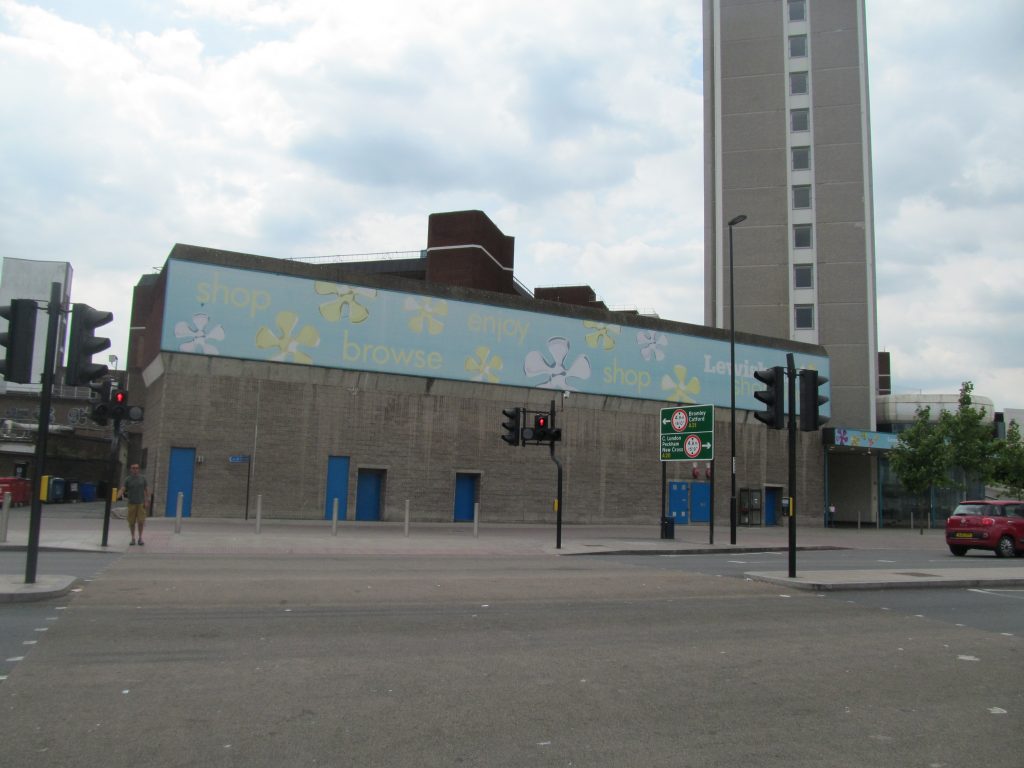
Land Securities, which own the shopping centre, stated in 2018: ”We see excellent potential for a new town centre at Lewisham, with our ownership of Lewisham Shopping Centre, SE13 forming the core of a potential 8.3 acre mixed use destination”.
They have only received 63 per cent of shop rent due in March.
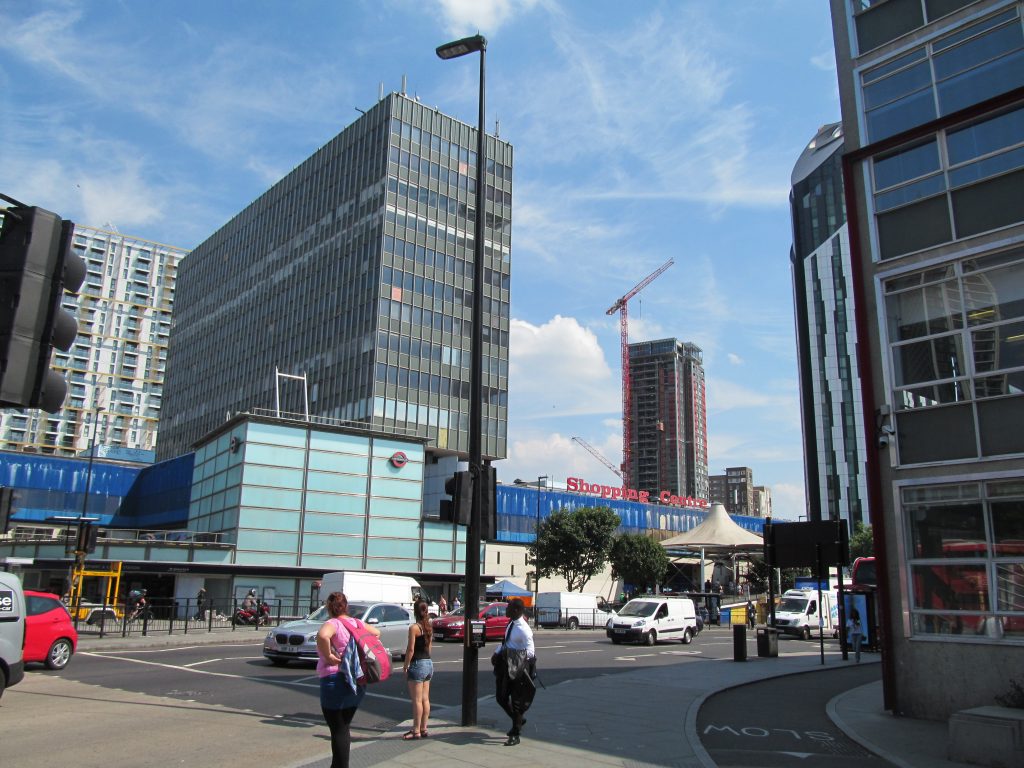
Elephant and Castle is of course nearing its end after a projected period of plans and campaigns. I took a look around the centre last year.
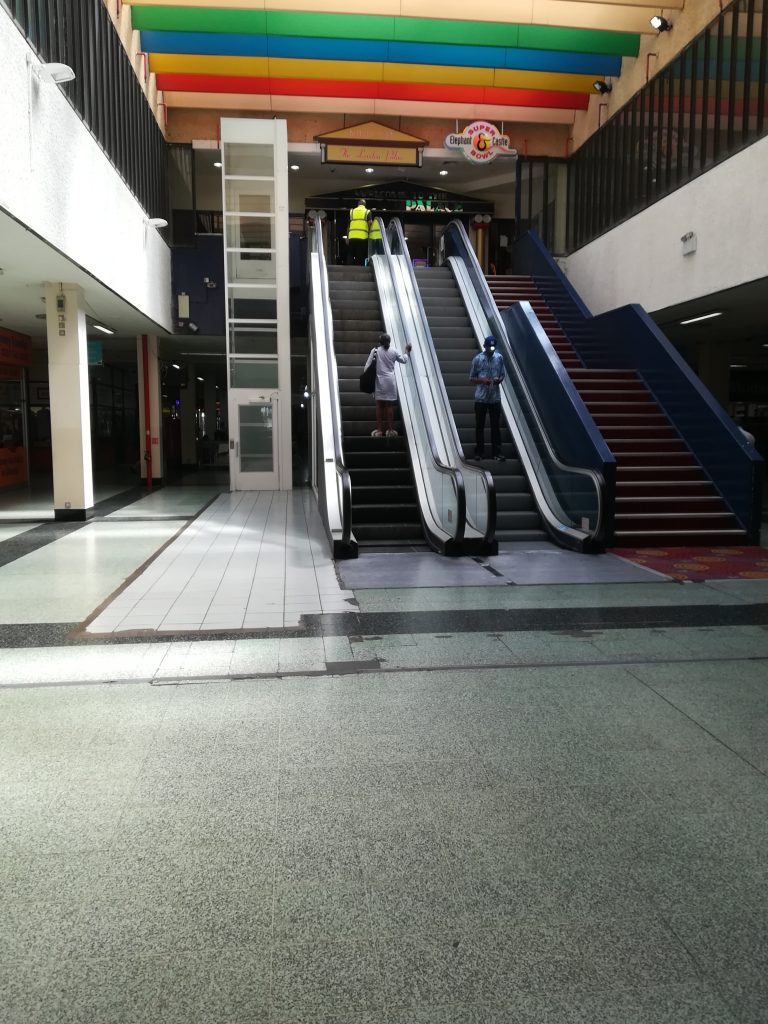
Elephant and Castle was the first shopping centre in London opening in 1965. Lewisham opened in 1977. Both contain office blocks. Given London’s population was seeing post-war declines housing wasn’t at the top of the agenda. That has reversed considerably over the past couple of decades.
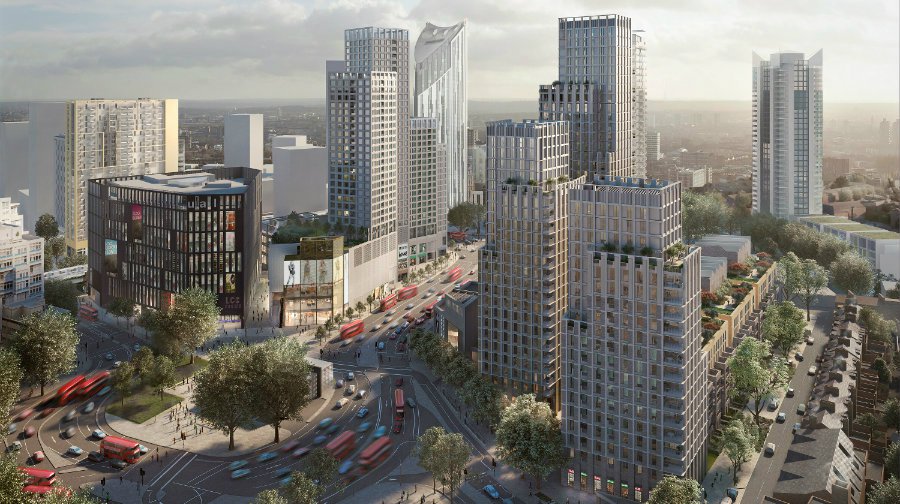
Elephant and Castle differs in that it retained a large number of independent business compared to many shopping centres. This is one key factor in contentious plans to demolish.
Other large centres do not have the same issues. or at least not to the same extent. Bexleyheath Broadway is one that mainly includes household names. It opened in 1984 is now owned by New River Retail. Shares have fallen 75 per cent over the past year. They have a number of mixed-use redevelopment projects across their estate.
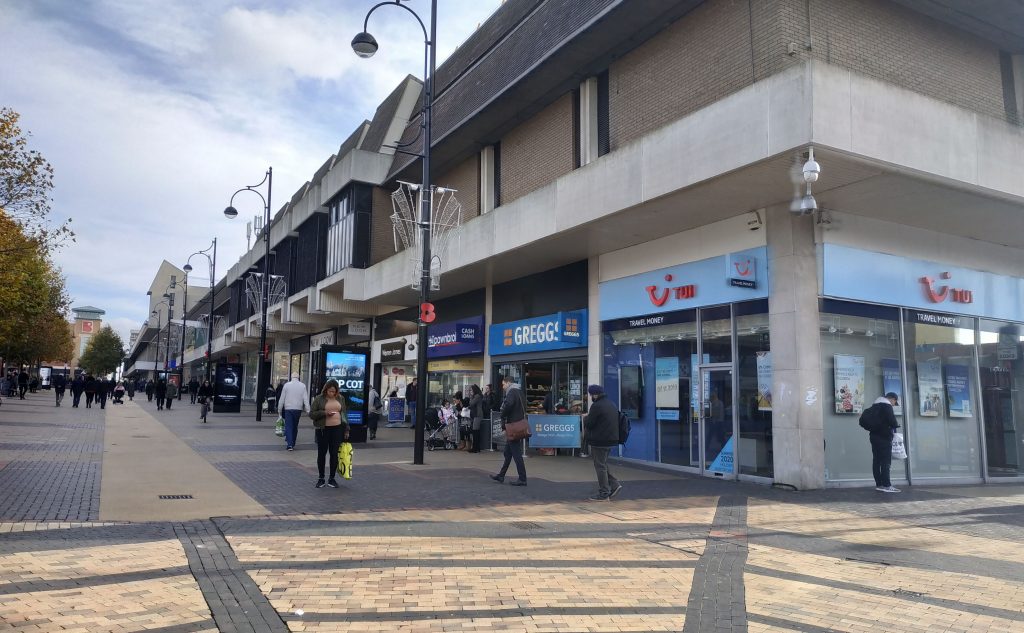
Those projects predate the current situation where internet shopping has further boomed and physical stores see limited space for customers due to social distancing. Even when the virus passes, how many retailers will hang on in the interim?
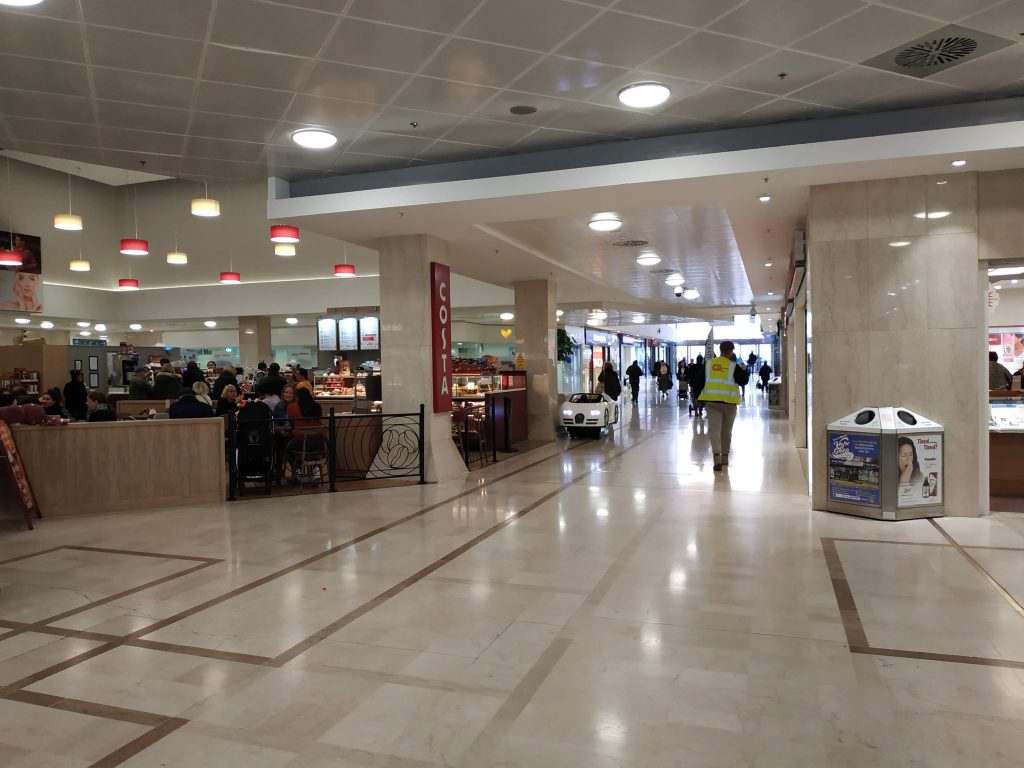
The need for homes is also going nowhere, and shopping centres provide large expanses of brownfield land. Rebuilds permit the opportunity of homes and no loss of retail space if demand remains. In fact, new homes above and around shops will offer a lifeline to those operating commercial units. And shorter commutes to those working in town centres if new housing is actually affordable to retail workers.
Finally, aside from covered shopping centres there are also plans at open air centres such as Lee Gate.
It paints a sorry picture right now. Plans somewhat similar to this are planned:
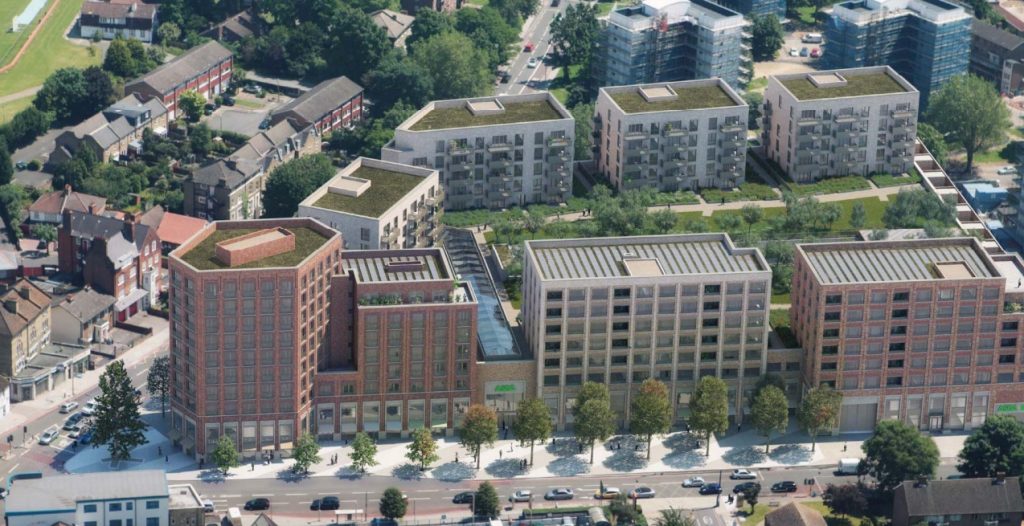
Many local authorities spent big on buying shopping centres over the past decade. It was a (possibly) foolish way to generate income in a time of cuts. Most may have overpaid, but if they were shrewd and bought cheap it could offer the chance for authorities to embark on large projects to provide new shops and housing – including many at low cost. Of course that would need central Government support, but if Whitehall seek stimulus measures there’s far worse options.
Given all that is happening, how many centres from the 1960s to 1990s will remain in just a decades time?
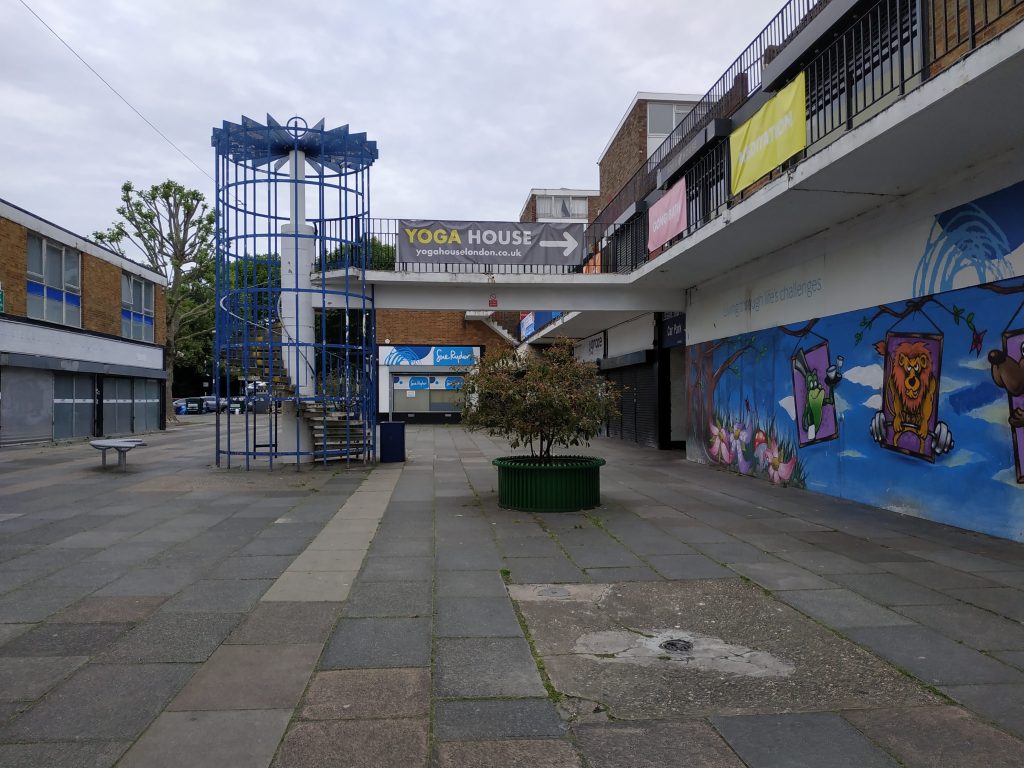

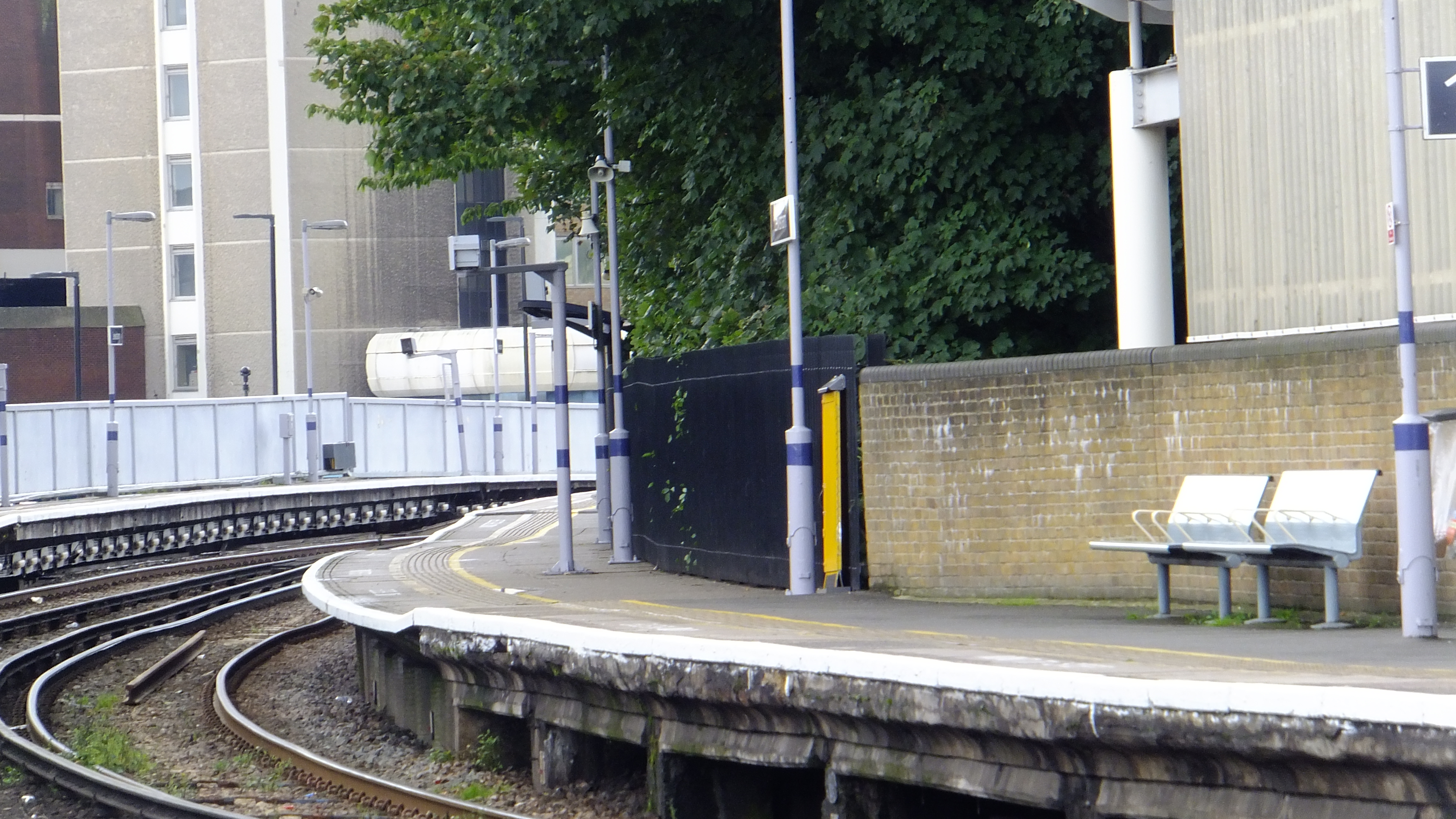
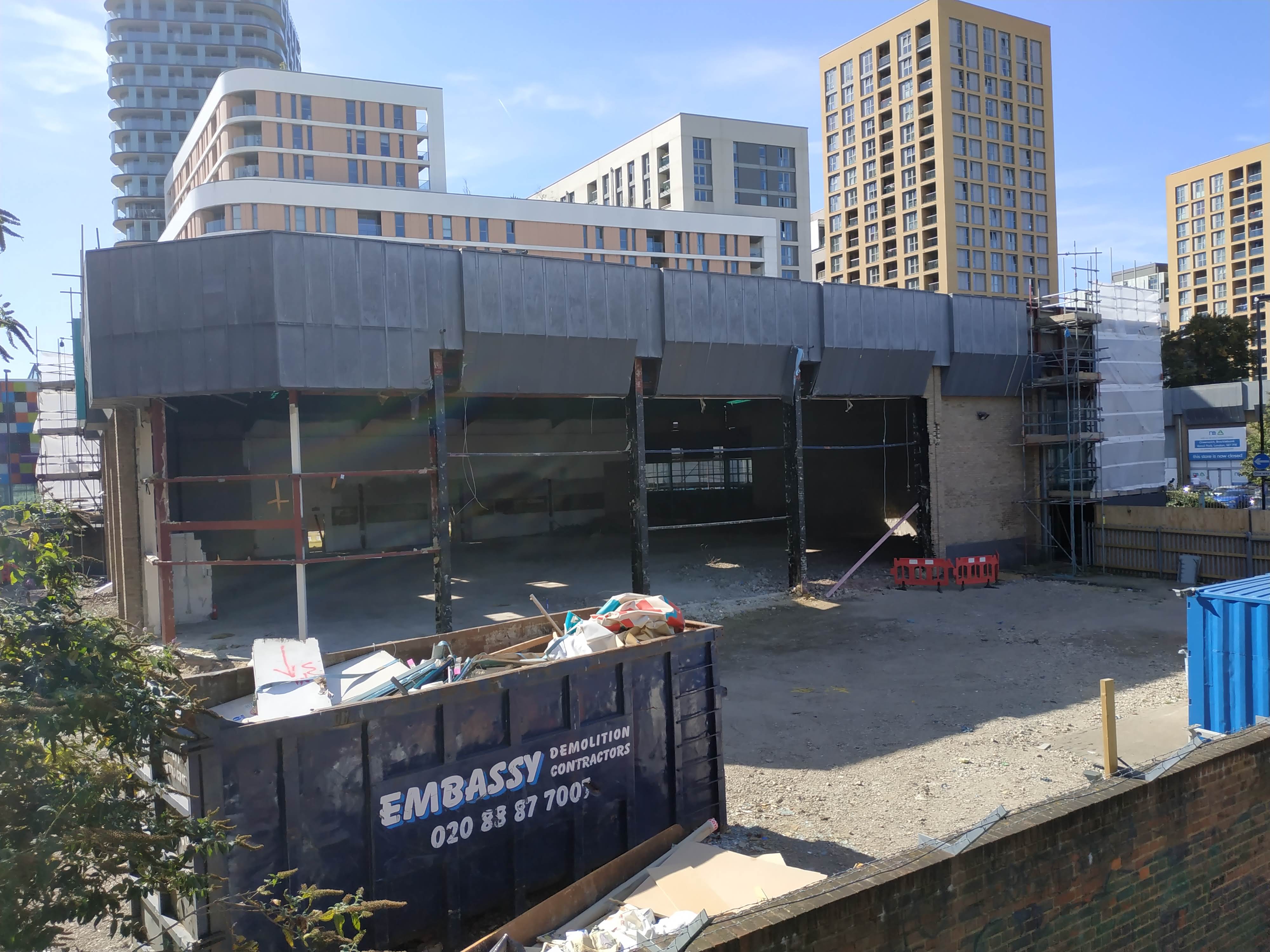
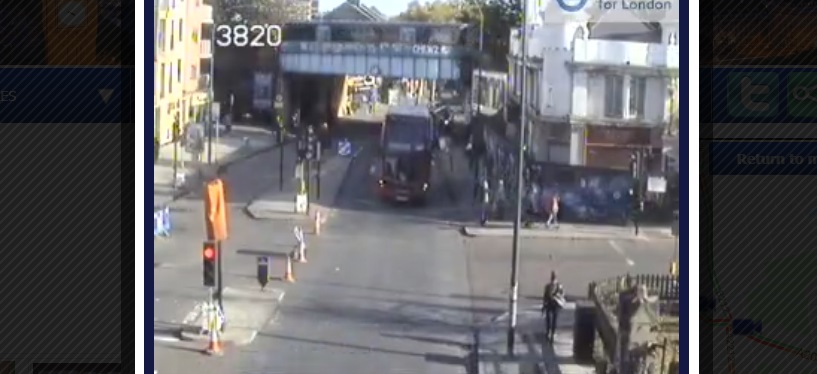

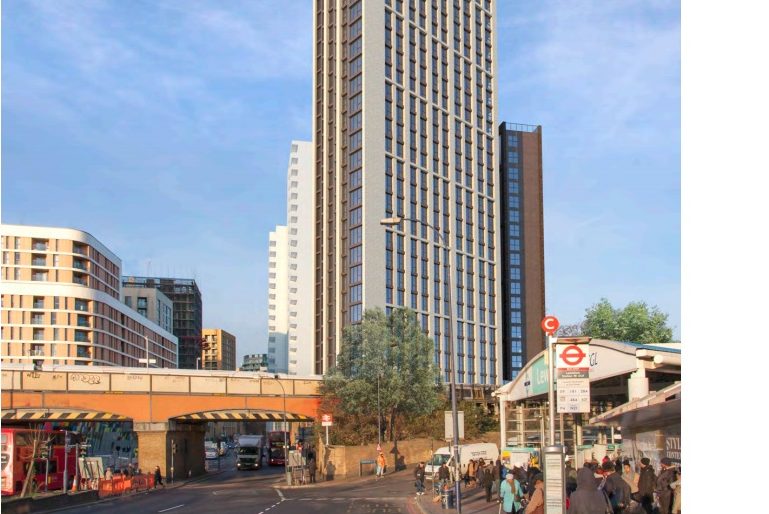
Rather than knocking down Lewisham shopping centre, an external renovation is where money should be spent. The land owner should also be enticing the sort of retailers where the residents of all the new apartments want to shop.
Good point
people who will live in these ‘planned’ developments will need to shop plus locals I Don’t drive I HAVE to get public transport so if no local shops beit in a shopping mall/precinct or on high street where they hell will people shop ? I do not actually agree with flats etc over shops either
Yes a very good point anonymous201486. I would like to see the Shopping Centres like the Shopping Centres in Lewisham,Bexleyheath and Bromley open later so people can shop after work in the evenings.
A lot of people do not get home from work until about 7 or 8pm . Also this would help many shift workers too. Which will include many of the new residents moving in to the new developments.
I think the premise here is right. There is undoubtedly a massive over provision of retail space. We’ll still need shops – you only have to look at Bugsby’s Way to see that – but the challenge is how you intensify the remaining demand to release space for residential (which then supports the remaining shops). If you look at Woolwich, there’s a case for refocusing the town centre around the station, General Gordon Square, Tesco etc and allowing the western end of Powis St to become more residential. Croydon’s the best example. The proposed Westfield seems to be a dead duck and redevelopment could now provide a lot of housing, We need to ensure town centres have a vibrant future instead of trying to sustain a model that has gone the way of the docks and the print.
Agreed @Ned. The shift has to be away from empty retail units and into housing. A lot of people would love to live in the centre of towns and redeveloping empty shop premises would allow them to do so. The concept of the high street is dead.
Old high streets benefitted from the store owner often living above the shop, and from businesses such as solicitors taking the first floor above a Post Office or similar. It meant that shops could stay open depending on the hours they were needed rather than the slavish adherence to 9-5. Given that an increasing number of people have – for at least two decades – worked long hours either side of 9-5, it’s foolish to expect that the very people you rely on for trade should be excluded from your opening hours.
The culture of 9-5 needs to be buried. Companies have stripped away bank holiday pay, overtime and work/life balance whilst dictating the parts of’ working hours’ to exclude the customer. If you want to see a more robust retail experience, open later and stay open later. Let people enjoy the tactile sensation that comes from being in the retail store rather than simply tearing another amazon box open
Online shopping is only part of the problem and there are some things that you simply cannot buy on the high street – specialist electronics come to mind.
The real problems are the 2008 crash, the prolonged austerity, the stagnation in wages, business rates and rent. Most people have been fearful of extraneous spending when they don’t know for how long they will have work. Covid-19 will be the final nail in the coffin for more of the high street.
The lower end of Powis Street could possibly become housing along with Hare Street as both of these streets have a lot empty shop units.
Part of the problem with Woolwich is on line shoppingas stated, but also Woolwich does not need high end storesseen in more affulent areas, Which sadly a lot of people unfortunately cannot afford to shop at certainly on a regular basis.
Woolwich could do with an Aldi store for example which is better suited to local residents budgets as many are on lower/medium incomes. I have used them during lockdown due to queues etc was I pleasantly surprised our much I had saved on my shopping bill compared to Sainsbury’s and Asda’s.
Woolwich already has a Lidl in addition to Sainsbury’s and Tesco’s. I don’t think there is room for another supermarket, although Wilko’s is leaving the town centre.